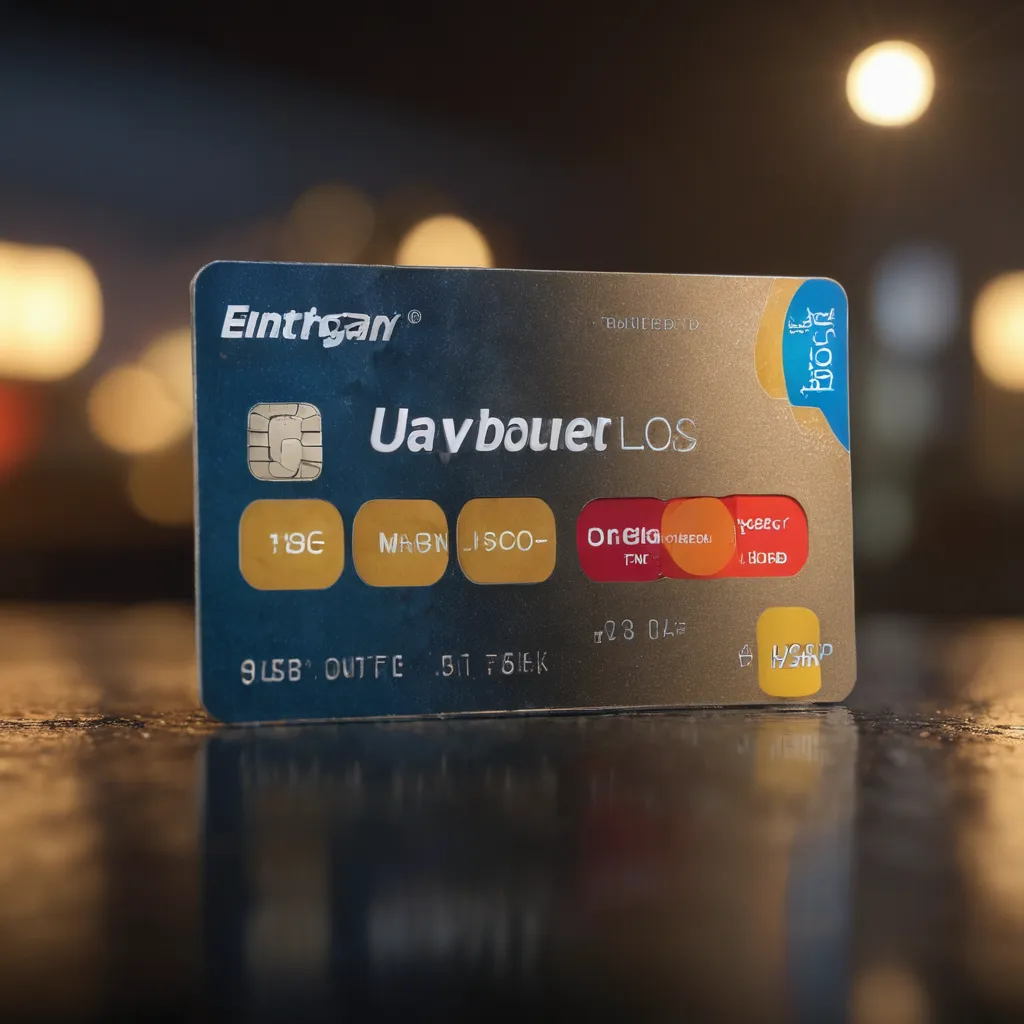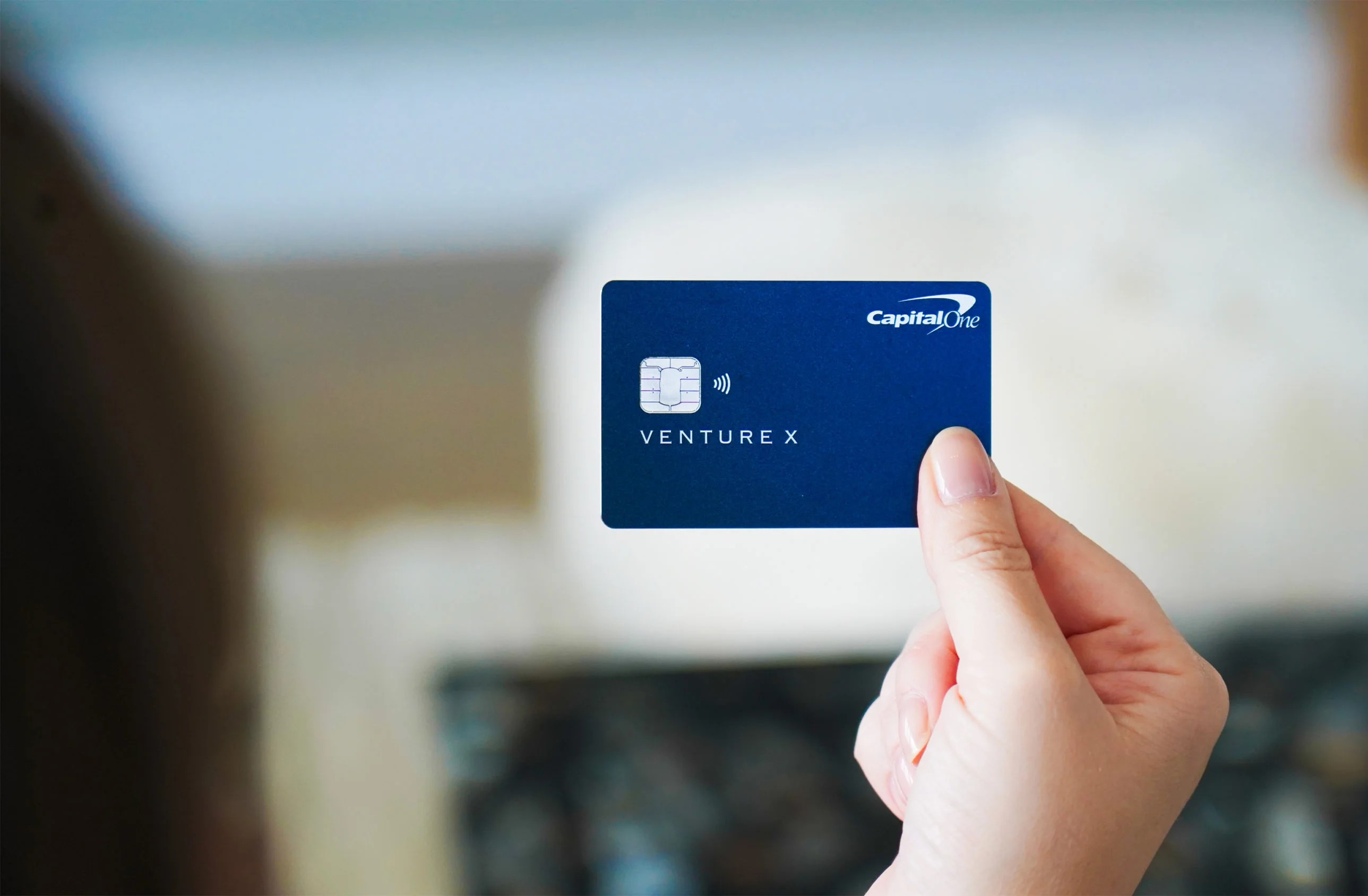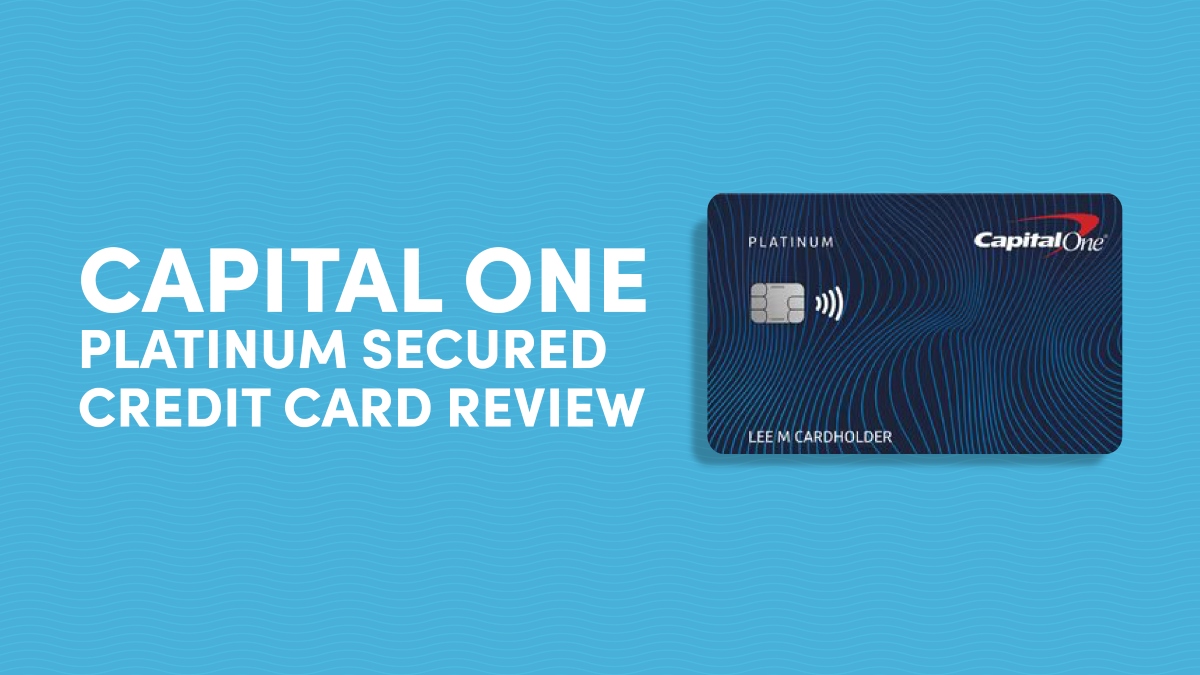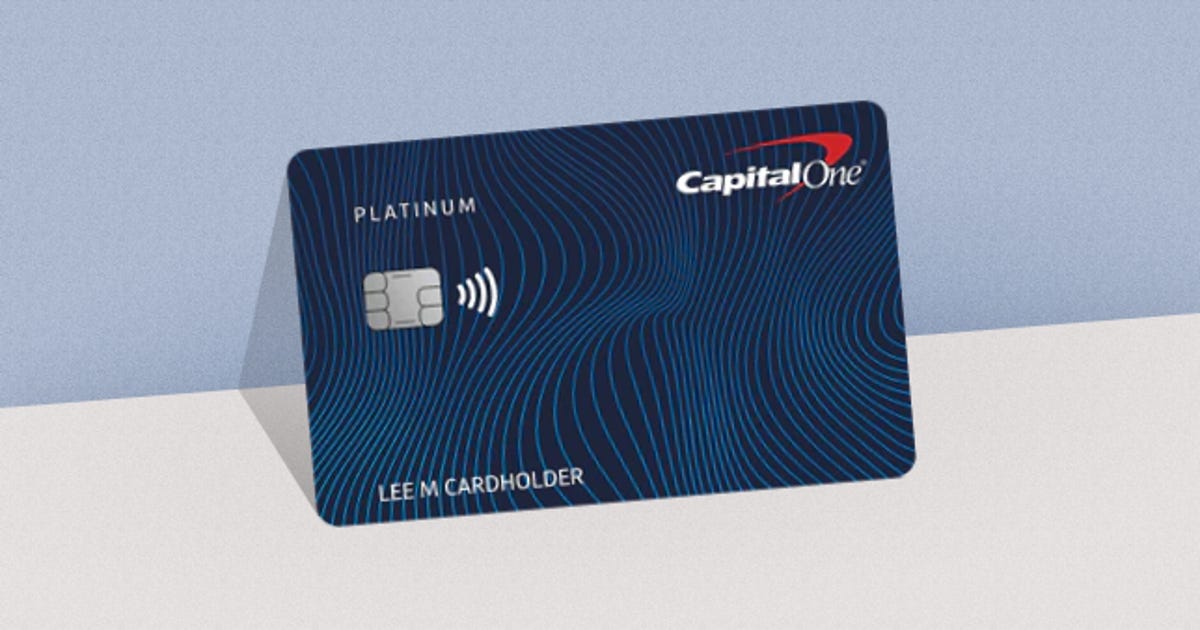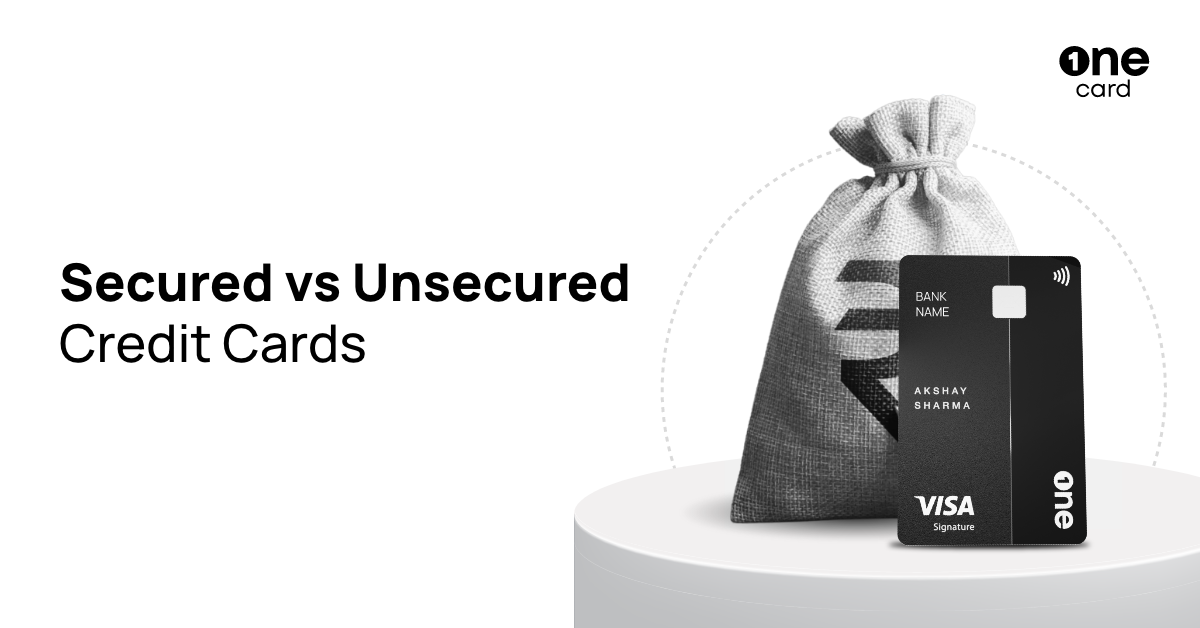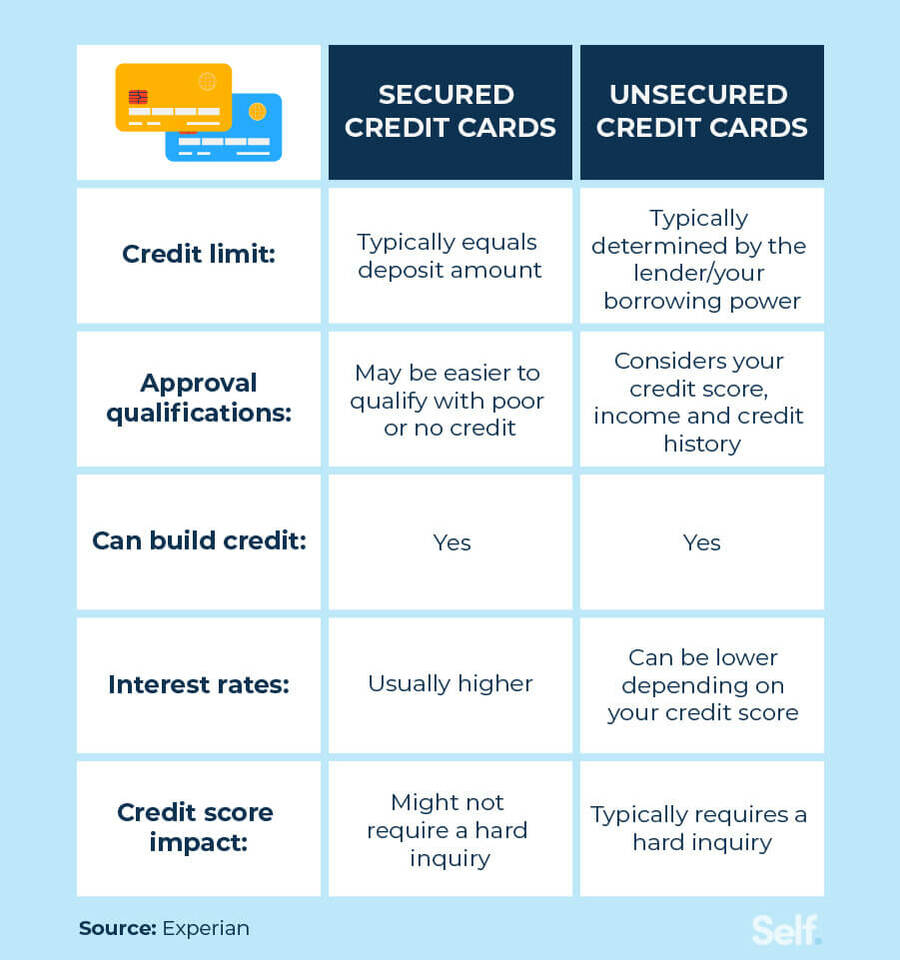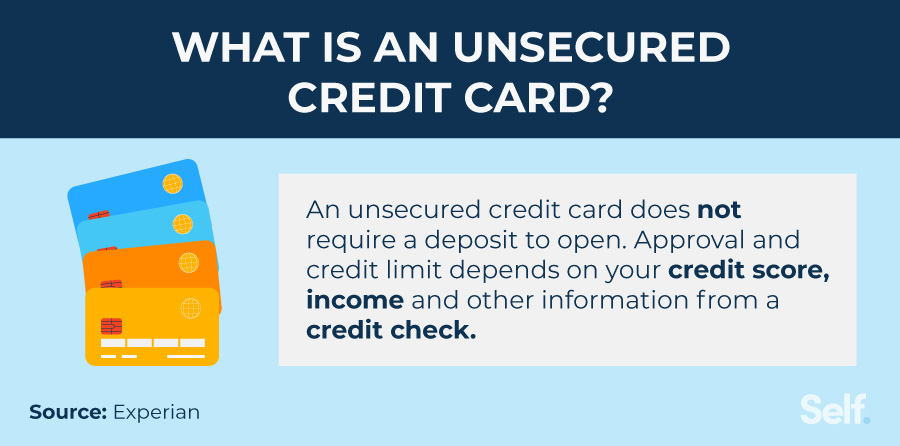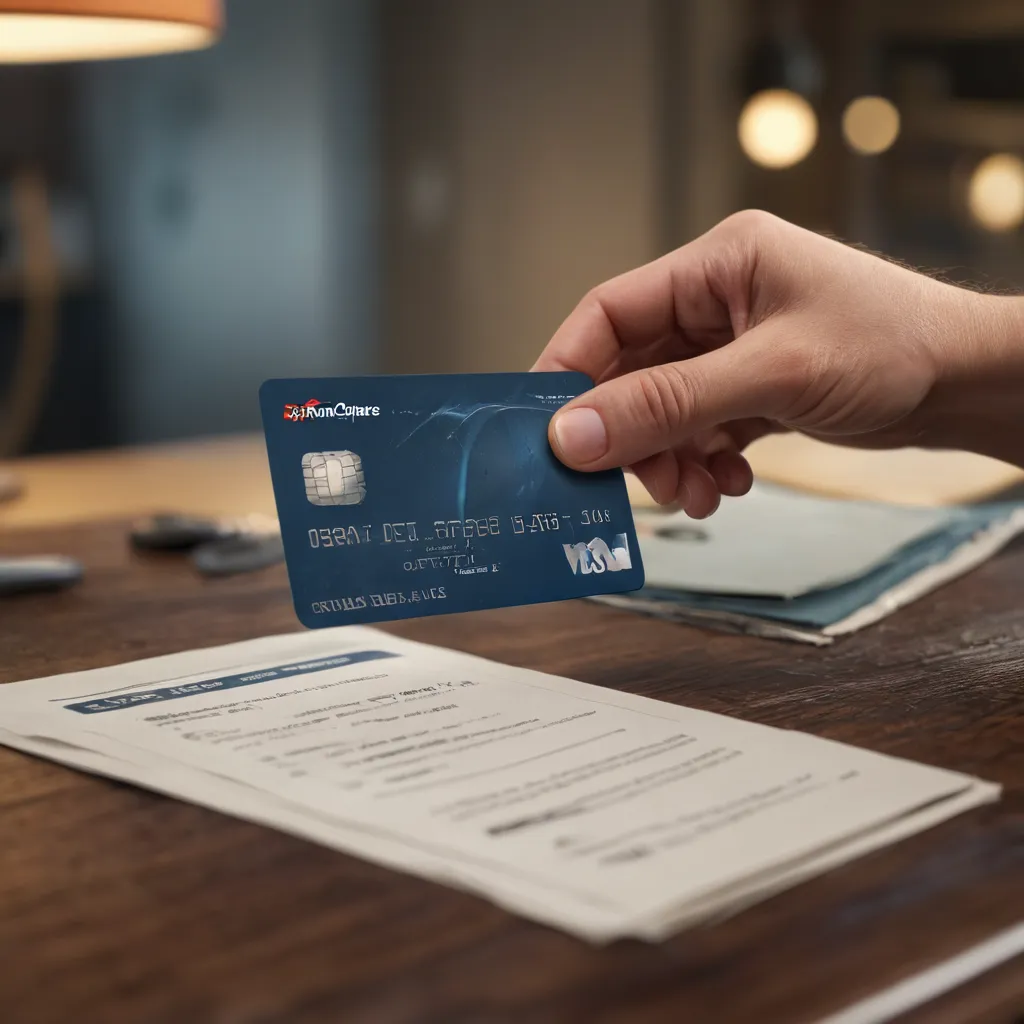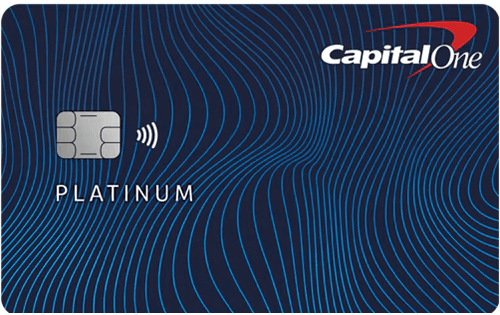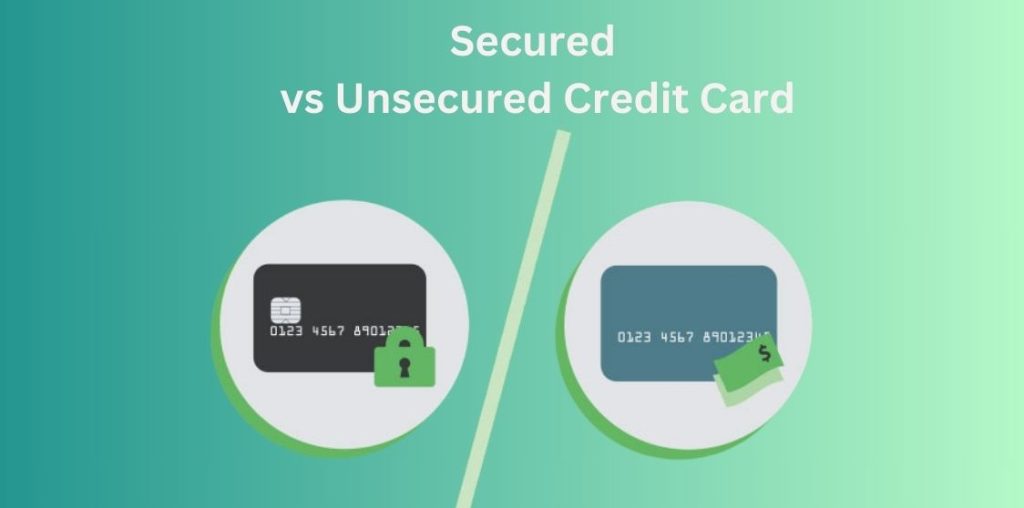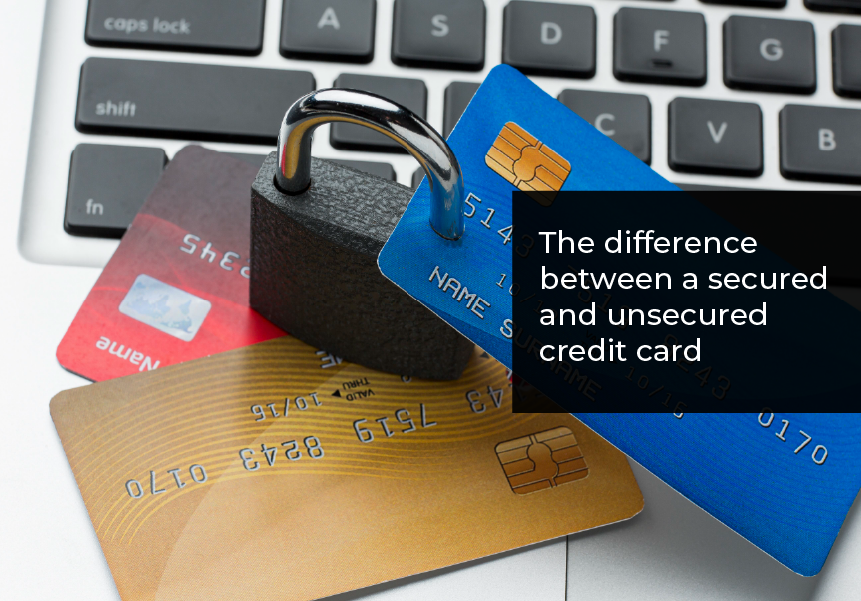How Long Before Capital One Secured Card Become Unsecured

Capital One secured cardholders are urgently seeking clarity on when their accounts can transition to unsecured status. Many are eager to access greater credit flexibility and reclaim their initial security deposit.
This article breaks down the typical timeframe for Capital One secured card graduation, the factors influencing the decision, and what cardholders can do to improve their chances of a swift transition.
The Graduation Timeline: What to Expect
The timeline for a Capital One secured card to become unsecured is not fixed. Generally, cardholders can expect a review of their account after approximately six months of responsible use.
Some users report seeing graduation occur between 6 to 12 months. However, this is not guaranteed, and some may wait longer.
The exact duration depends heavily on individual credit behavior and adherence to Capital One's specific criteria.
Key Factors Influencing Graduation
Several factors play a critical role in Capital One's decision to upgrade a secured card. These include:
Payment History: Consistent on-time payments are paramount. Any late or missed payments will negatively impact your chances of graduation.
Credit Utilization: Keeping your credit utilization low, ideally below 30% of your credit limit, demonstrates responsible credit management. Maxing out your card regularly signals higher risk.
Overall Credit Profile: Capital One will assess your overall credit report. This includes other credit accounts, debt levels, and any negative marks such as collections or bankruptcies.
Account Activity: Regularly using the card for purchases and paying it off demonstrates engagement and need for credit.
Beyond the Basics: Internal Scoring
Capital One, like many issuers, uses its own internal scoring system. This system assesses risk beyond the traditional credit report.
While the specifics of this scoring are not publicly available, maintaining good financial habits contributes positively to your score.
Steps to Expedite the Graduation Process
While there's no guaranteed shortcut, cardholders can take proactive steps to improve their odds of graduation.
Prioritize On-Time Payments: Set up automatic payments to ensure you never miss a due date.
Keep Credit Utilization Low: Monitor your spending and aim to use a small portion of your available credit. Consider making multiple payments throughout the month.
Avoid Applying for New Credit: Limit new credit applications while trying to graduate your secured card. Too many inquiries can lower your credit score.
Monitor Your Credit Report: Regularly check your credit report for any errors and address them promptly. Services like AnnualCreditReport.com offer free credit reports from the three major bureaus.
Contact Capital One: After six months of responsible use, consider contacting Capital One to inquire about your account's eligibility for graduation. While they can't guarantee an upgrade, they can provide insights into your account status.
What Happens After Graduation?
If your secured card is upgraded, Capital One will return your security deposit. The exact method and timing of the refund may vary, so confirm the details with Capital One.
You'll also likely see an increase in your credit limit. This gives you more purchasing power and can further improve your credit utilization ratio.
The transition to an unsecured card offers greater financial flexibility and represents a positive step in building or rebuilding credit.
Ongoing Monitoring and Future Developments
The process and criteria for Capital One secured card graduation can evolve over time. Keep an eye on updates from Capital One and stay informed about credit building strategies.
Cardholders should continue to monitor their credit reports and financial habits even after graduation to maintain a healthy credit profile. Future changes in policy will be reflected on Capital One's official website.
Stay vigilant and proactive to reap the benefits of responsible credit management.

